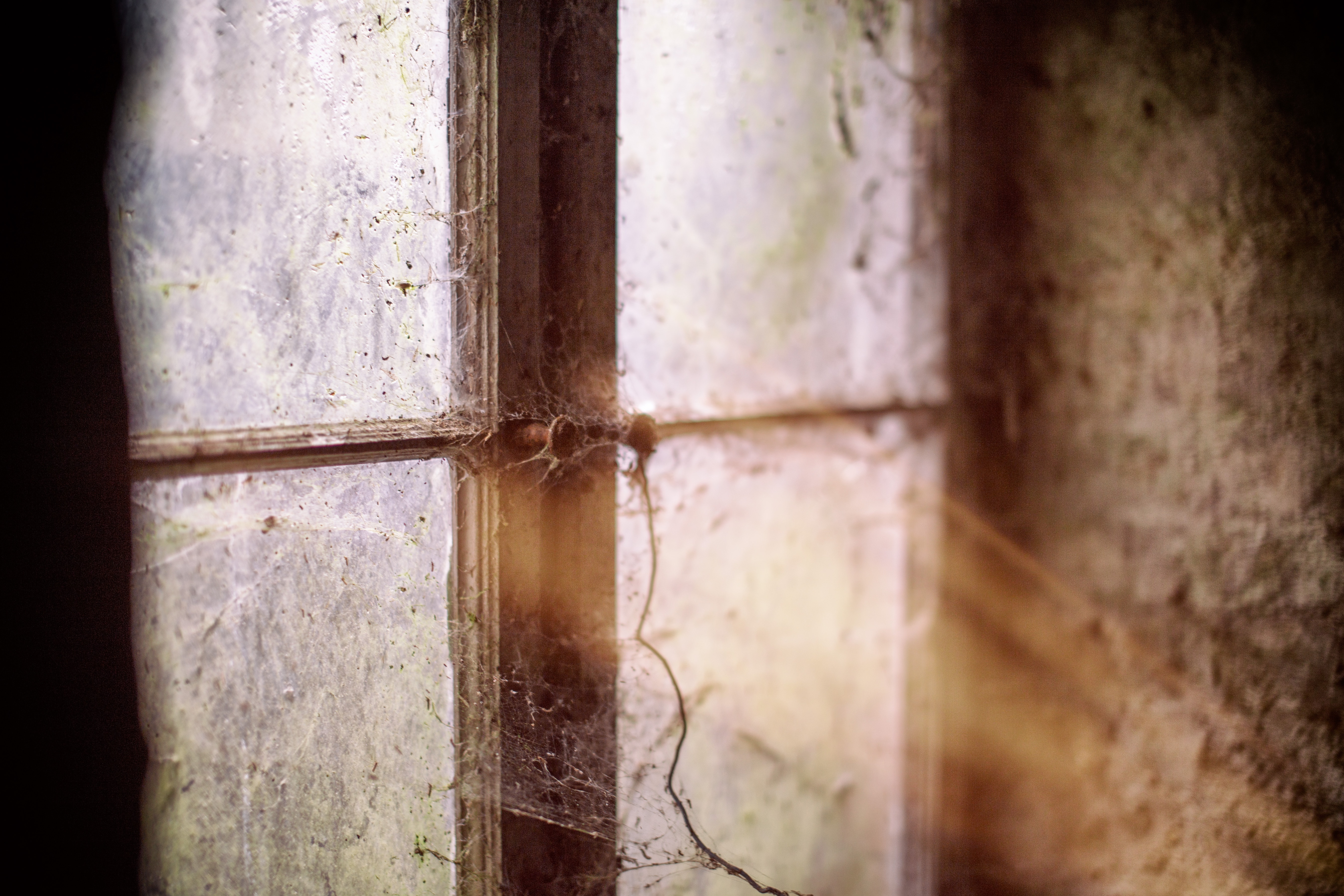Nihlu
Basic Information
Anatomy
Nihlu are avian species with maneuverable spines. Nihlu have long forelimbs capable of touching the ground when standing vertically; the Nihlu forelimb possesses three hinged joints which can all fold inwards, allowing the Nihlu forelimb to be held at different lengths for convenience and comfort.
A large skin membrane extends from beneath the forelimb to the ribcage and/or hip of the Nihlu, which enables short distance gliding.
Nihlu lack sex organs entirely.
Genetics and Reproduction
Nihlu reproduction involves the death of half of the pair in all cases. Of the Nihlu pair, one devours the other, ingesting their genetic material-- within a month of this, the surviving parent vomits up an egg containing one to three embryo. The Nihlu then watches over the egg until it hatches.
Growth Rate & Stages
Nihlu reach full physical maturity in a month's time. At birth they are small and helpless, with barely developed limbs, but they are capable of walking and running from the moment of emergence from their birth-egg.
Dietary Needs and Habits
Nihlu are capable of ingesting any organic material and wrenching nutrients from it, no matter how foul it seems. They are the ultimate scavengers in this way.
Additional Information
Facial characteristics
Nihlu have beaks which vary in size and shape. Beaks are often dully colored grey, yellow, or black; some Nihlu posses colorful beak stripes which coincide with their head-ruffs.
Geographic Origin and Distribution
Nihlu can be located in every district of Iun, but are more commonly found out upon the "flesh-plains" of Duthogwo, where they can fly and hunt from the skies.
Perception and Sensory Capabilities
Nihlu have incredibly keen eyesight, and are capable of pinpointing an object's location from a half mile away if attempting to locate it specifically while using echolocation.
Civilization and Culture
Beauty Ideals
Nihlu beauty is derived from a combination of coloration and physical (or social) ability. Two Nihlu, with similar plumage, will often find that the one of them which is more competent is regarded as being more beautiful, and is thus offered more partners to devour.
Gender Ideals
Nihlu do not perscribe to gender in ways other species do. Instead, to Nihlu, gender identity is decided at the moment of pair-reproduction and not before. The one who offers their life for sustenance is seen as being "male" and the one who feasts is seen as "female". Those who have not begun this process are seen as being genderless; as such, only Nihlu who have heavy interactions with cultures other than their own are given to identifying as male as adults.
Gender is confusing to Nihlu, who believe that such things are only for reproductive purposes. As such, Nihlu will often just accept whatever pronouns are given to them by an outsider, as they find it easier than explaining the whole process.
Ultimately, Nihlu don't see gender as anything more than a formality which indicates successful offspring.
Courtship Ideals
It is seen as unbelievably rude for a Nihlu to seek others to eat for the sake of young. Nihlu who do so are often ostracised from their kin, and have been chased out of family units.
The Nihlu who wishes to provide sustenance for the children will begin to display their physical and mental prowess to their ideal mate. If they have accomplished something particularly worthy, they show off successes in conjunction with skill. Artisans will make elaborate pieces to woo their partners, and fighters learn complex battle-dances.
This process can take up to a year, during which the approached Nihlu evaluates their partner. If the courtship proves successful, the Nihlu pair then spend up to two years in the presence of one another before the time comes for reproduction, and the courter is devoured.
Common Customs, Traditions and Rituals
Because the Nihlu are capable of flight, the species has developed a superstition-tradition in which they do not speak the name of any solar or lunar bodies which circle the city. Nihlu belief is that to invoke those which perpetually are above you, one risks danger in the skies.
Common Taboos
Nihlu may not approach another to devour for the sake of children.
It is considered a culture-crime to refer to any of the celestial bodies of Iun by name.
It is considered a culture-crime to refer to any of the celestial bodies of Iun by name.
Origin/Ancestry
Nihlu are known to be descended from "old world" avians and bats.
Lifespan
15 years.
Average Height
4 feet tall.
Body Tint, Colouring and Marking
Nihlu feather colorations tend to be bright and obnoxious to look at, akin to Old World birds of paradise. Their dark-toned beaks are intended to cast contrast to their striking feather face masks.
Base tones of feathers: brown, black, grey, white. Masking feathers are often bright green, red, blue, or pink, but other colors are not at all uncommon. Contrast is prized in Nihlu plumage.
Base tones of feathers: brown, black, grey, white. Masking feathers are often bright green, red, blue, or pink, but other colors are not at all uncommon. Contrast is prized in Nihlu plumage.




Comments